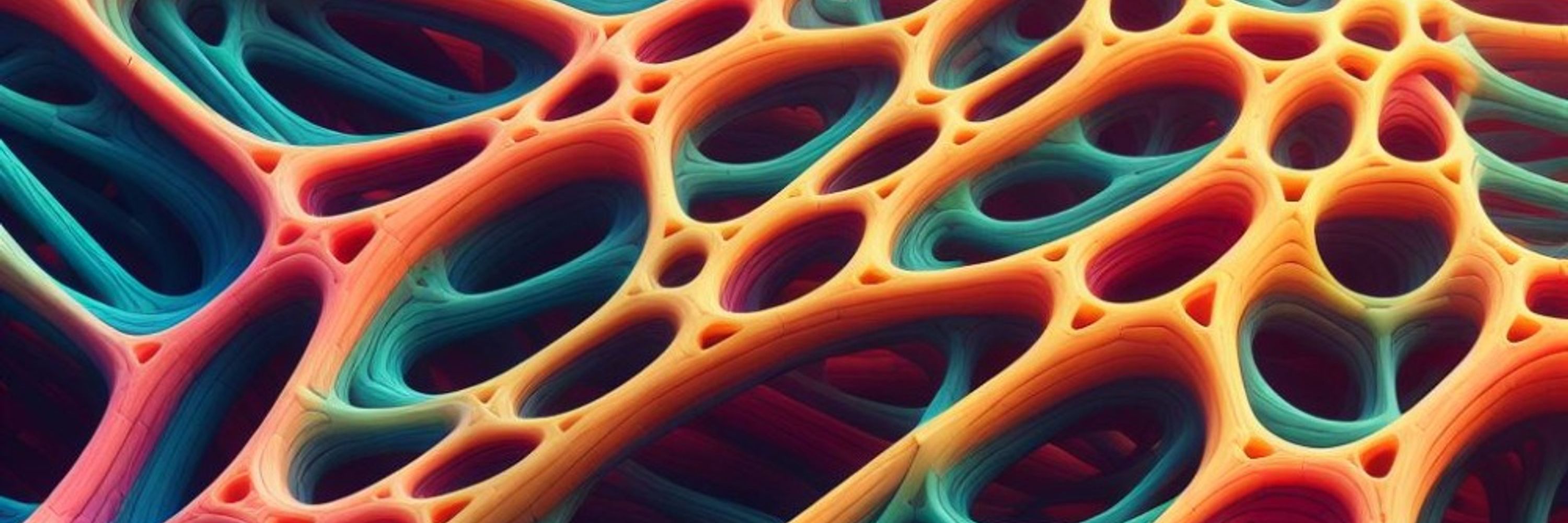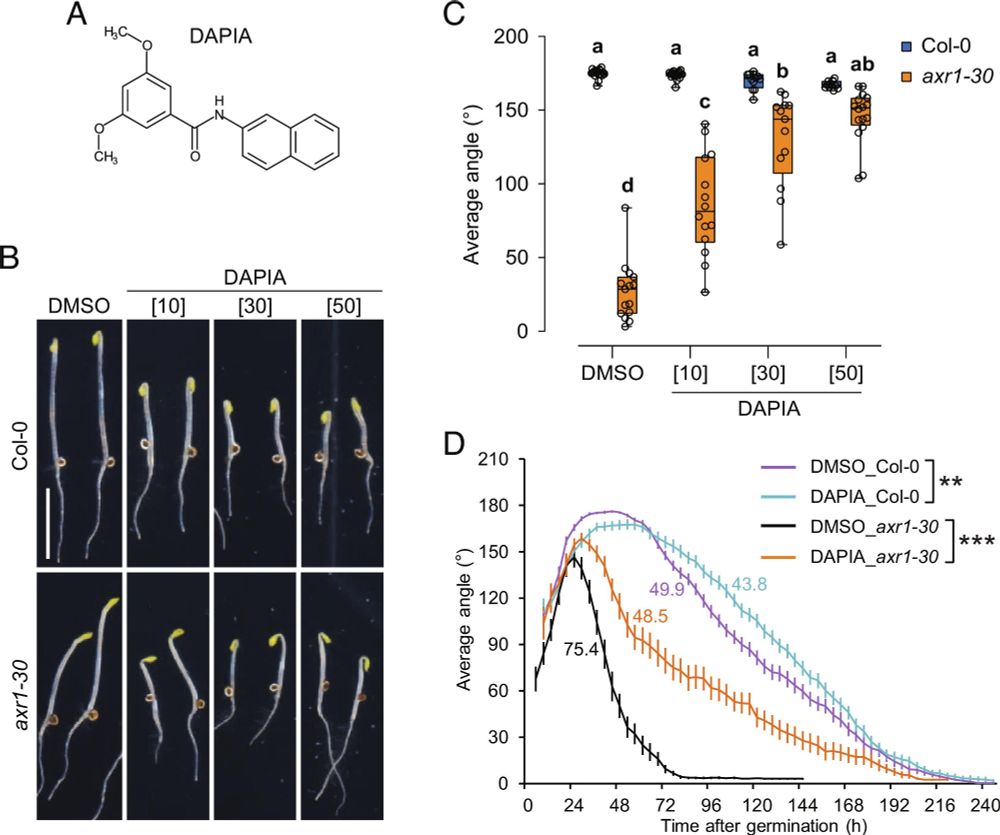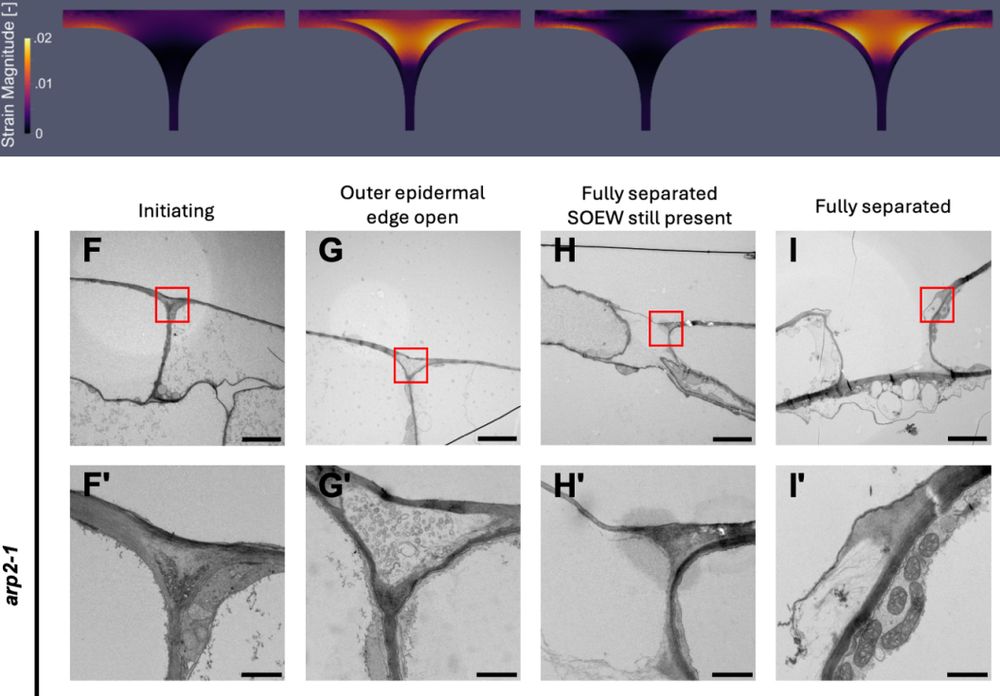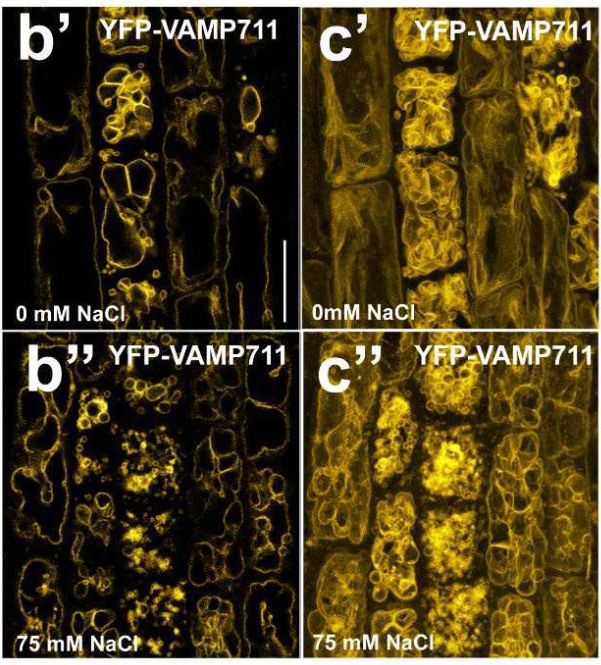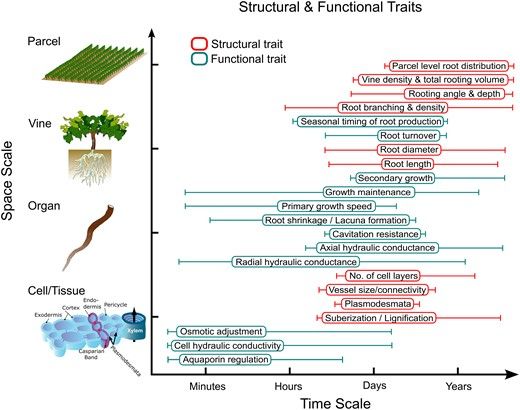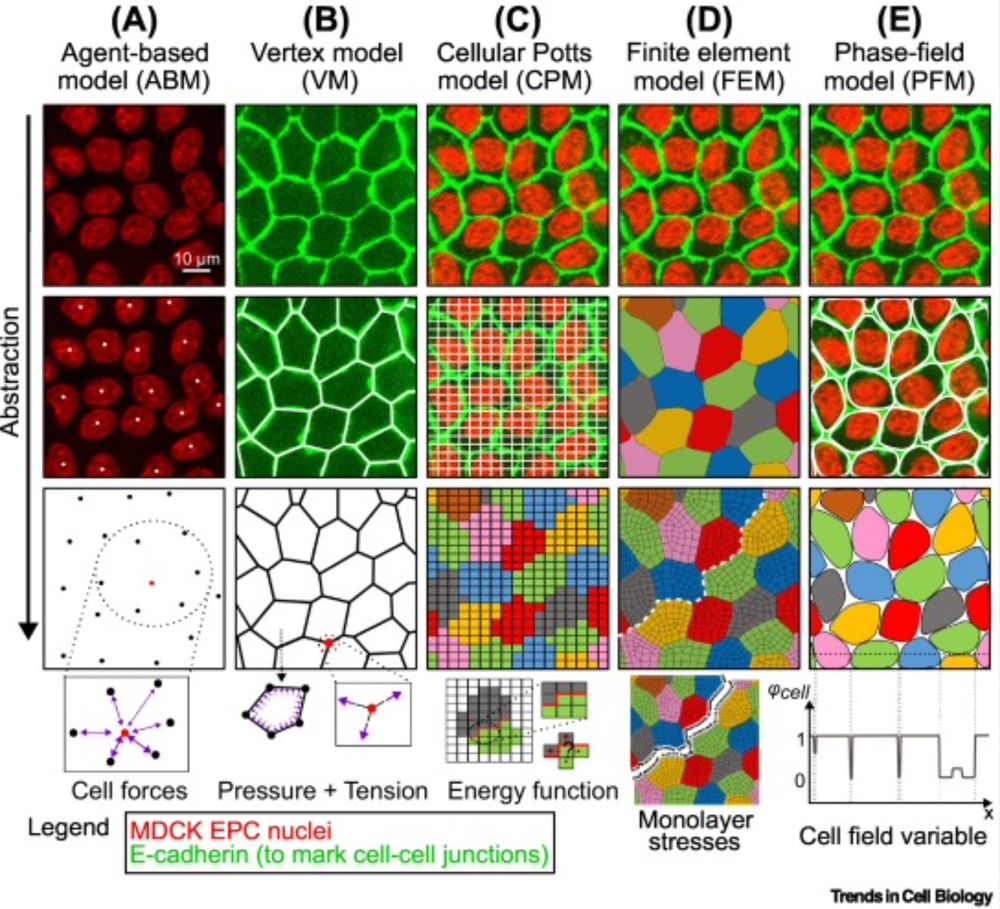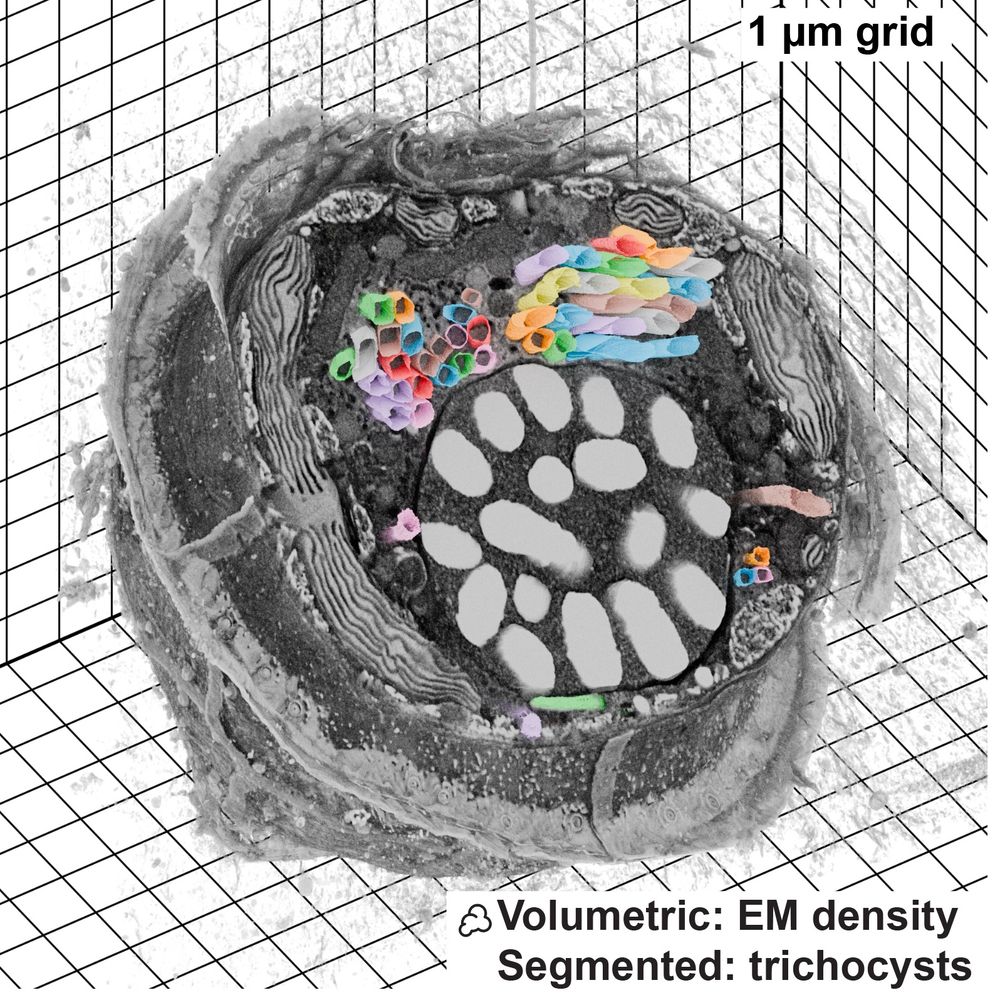Adrien Heymans
@adrienheymans.bsky.social
200 followers
320 following
24 posts
Postdoc @UPSC on plant anatomy
Posts
Media
Videos
Starter Packs
Pinned
Adrien Heymans
@adrienheymans.bsky.social
· Aug 29
A collection of field-based indicators for assessing ecosystem services in crop fields
The transition from intensive crop production to more sustainable practices, such as ecologically intensive cropping systems, requires precise, field-based assessments of Ecosystem Services (ES). Thes...
oneecosystem.pensoft.net
Reposted by Adrien Heymans
Reposted by Adrien Heymans
Reposted by Adrien Heymans
Reposted by Adrien Heymans
Reposted by Adrien Heymans
Reposted by Adrien Heymans
Reposted by Adrien Heymans
Reposted by Adrien Heymans
Reposted by Adrien Heymans
Reposted by Adrien Heymans
Reposted by Adrien Heymans
